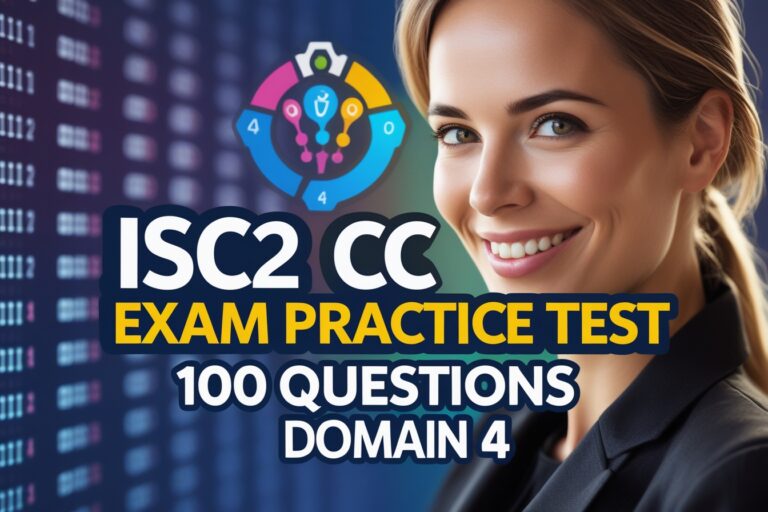1. ………………….. is the collection of memory structures and Oracle background processes that operates against an Oracle database.
A) Database
B) Instance
C) Tablespace
D) Segment
2. A ………………………… is a logical grouping of database objects, usually to facilitate security, performance, or the availability of database objects such as tables and indexes.
A) tablespace
B) segments
C) extents
D) blocks
3. A tablespace is further broken down into …………………
A) tablespace
B) segments
C) extents
D) blocks
4. ……………………….. is a contiguous group of blocks allocated for use as part of a table, index, and so forth.
A) tablespace
B) segment
C) extent
D) block
5. ……………… is the smallest unit of allocation in an Oracle database.
A) Database
B) Instance
C) Tablespace
D) Database Block
Table of Contents
Read Also: Solved MCQ on Transaction Management in DBMS
6. An Oracle ………………………..is a set of tables and views that are used as a read-only reference about the database.
A) Database dictionary
B) Dictionary table
C) Data dictionary
D) Dictionary
7. A data dictionary is created when a …………………. created.
A) Instance
B) Segment
C) Database
D) Dictionary
8. An Oracle object type has two parts the …………………. and …………………….
A) Instance and body
B) Segment and blocks
C) Specification and body
D) Body and segment
9. By, default, Oracle object types are ………………………
A) INSTANTIABLE
B) NOT INSTANTIABLE
C) FINAL
D) OVERRIDING
10. A method modifier tells Oracle that new subtypes may not override a method is called …………….
A) INSTANTIABLE
B) NOT INSTANTIABLE
C) FINAL
D) OVERRIDING
Answers:
1.B) Instance
2.A) tablespace
3.B) segments
4.C) extent
5.D) Database Block
6.C) Data dictionary
7.C) Database
8.C) Specification and body
9.A) INSTANTIABLE
10.C) FINAL
Read Next: MCQ on Distributed Transaction Management set-1







